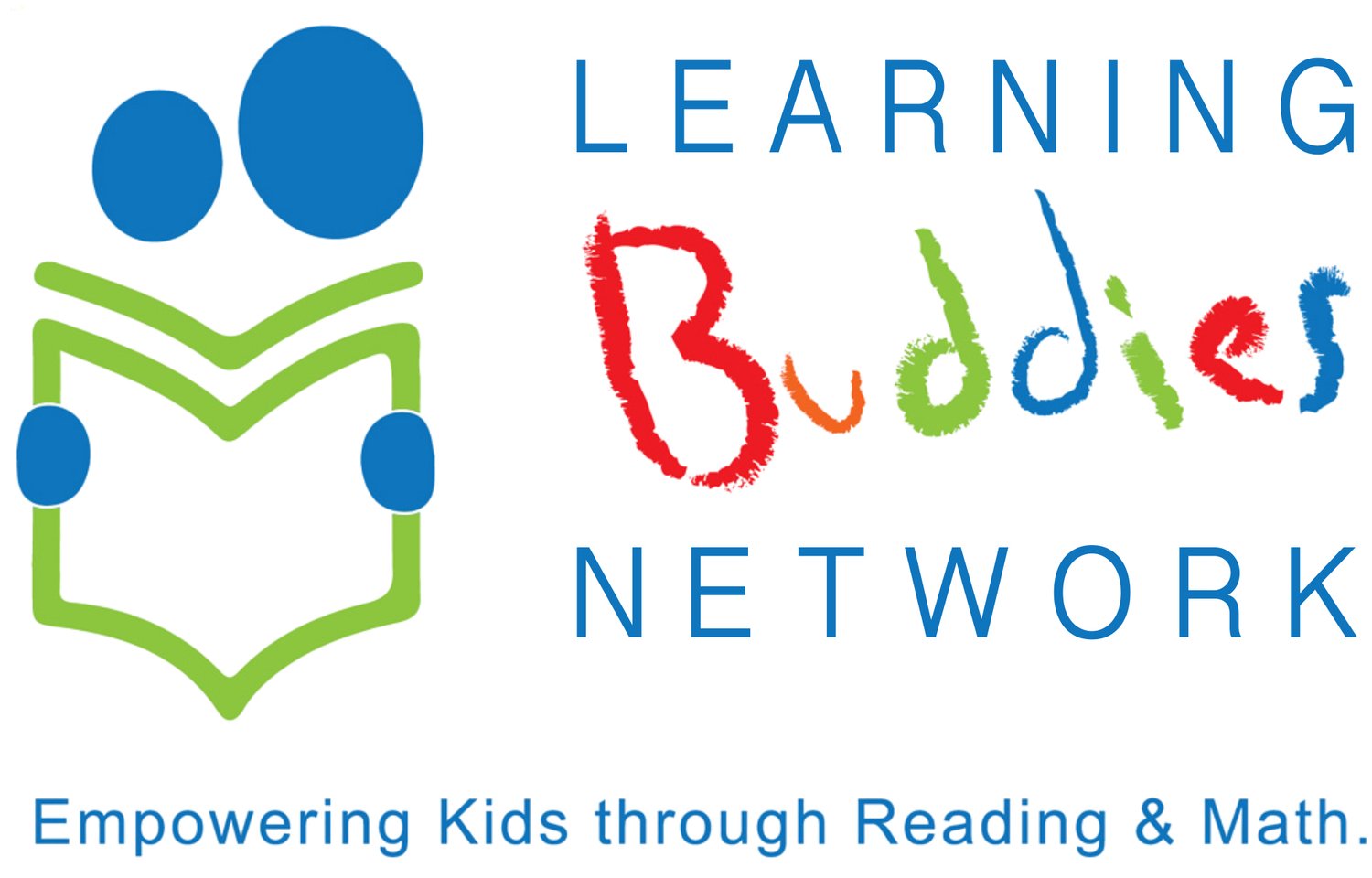How to Improve Efficiency In Speed Reading
Source: Unsplash (@thoughtcatalog)
In today's fast-paced world, mastering speed-reading techniques is essential for absorbing information efficiently. Whether you're a student, a professional, or an avid reader, improving your reading speed without sacrificing comprehension can revolutionize your productivity. In this blog post, I will talk about some tips and tricks to help you enhance your reading speed and retain crucial information!
1. The Scanning (or Previewing) Method
The Scanning (or Previewing) Method revolutionizes how you consume written content. By swiftly glancing down the page, typically following the central line, you can identify crucial elements such as key sentences, important names, significant numbers, and pivotal trigger words or ideas. This technique champions efficiency over exhaustive reading. Instead of laboriously parsing every word, the focus shifts to capturing essential elements. This selective approach empowers you to swiftly grasp the central theme of the text without getting entangled in peripheral details.
One effective strategy to complement the scanning method is employing mind maps. These visual tools provide a structured framework for organizing and synthesizing information. Mind maps work by mapping out key concepts and their relationships with each other. This will enhance your understanding and allow you to retain essential information more effectively.
2. The Pointer Method
This innovative approach, also known as "hand pacing," involves physically moving a pointer along each line of text while reading. This method is highly adaptable and can be customized to suit your preferences and reading styles. Some readers may prefer to use their finger as a pointer, while others may opt for a pen or a specialized reading tool. This tactile engagement serves to heighten concentration during the reading process, resulting in a notable increase in both reading speed and comprehension.
The act of physically moving the pointer along the text encourages a smoother and more continuous reading rhythm. This can help to eliminate pauses and hesitations, allowing you to progress through the material more quickly. Furthermore, combining the Pointer Method with other speed reading techniques can amplify reading efficiency. For instance, you might utilize previewing or scanning methods to swiftly pinpoint crucial details while simultaneously integrating the Pointer Method for deeper exploration of the text.
3. Reading Chunks of Words
Delving into reading groups of words involves the mental process of treating clusters of words as unified entities, rather than dealing with each word separately. This deliberate strategy reduces interruptions while reading by minimizing the need for frequent eye movements across the text, leading to a more seamless and effective reading experience. As you grow accustomed to handling larger word groups, your reading speed naturally advances. With continued practice, this method can substantially boost your capacity to absorb written content at a faster pace. This is a strategy I personally use, so I hope it works!
Mastering speed-reading techniques will greatly benefit you during your studies. Regardless of whether you're a student, professional, or book enthusiast, boosting reading speed without compromising understanding can greatly enhance productivity. Using the strategies mentioned above, such as Scanning, Pointing, and reading chunks of words, you will gain the benefits of improving efficiency and retention. By incorporating these methods into your daily reading habits and maintaining consistent practice, you can unlock your complete reading capacity, consuming written content with greater speed and effectiveness. Furthermore, embracing these techniques will foster a deeper appreciation for the written word, enriching your intellectual journey! In the comment section below, tell us which strategy you plan on using!

